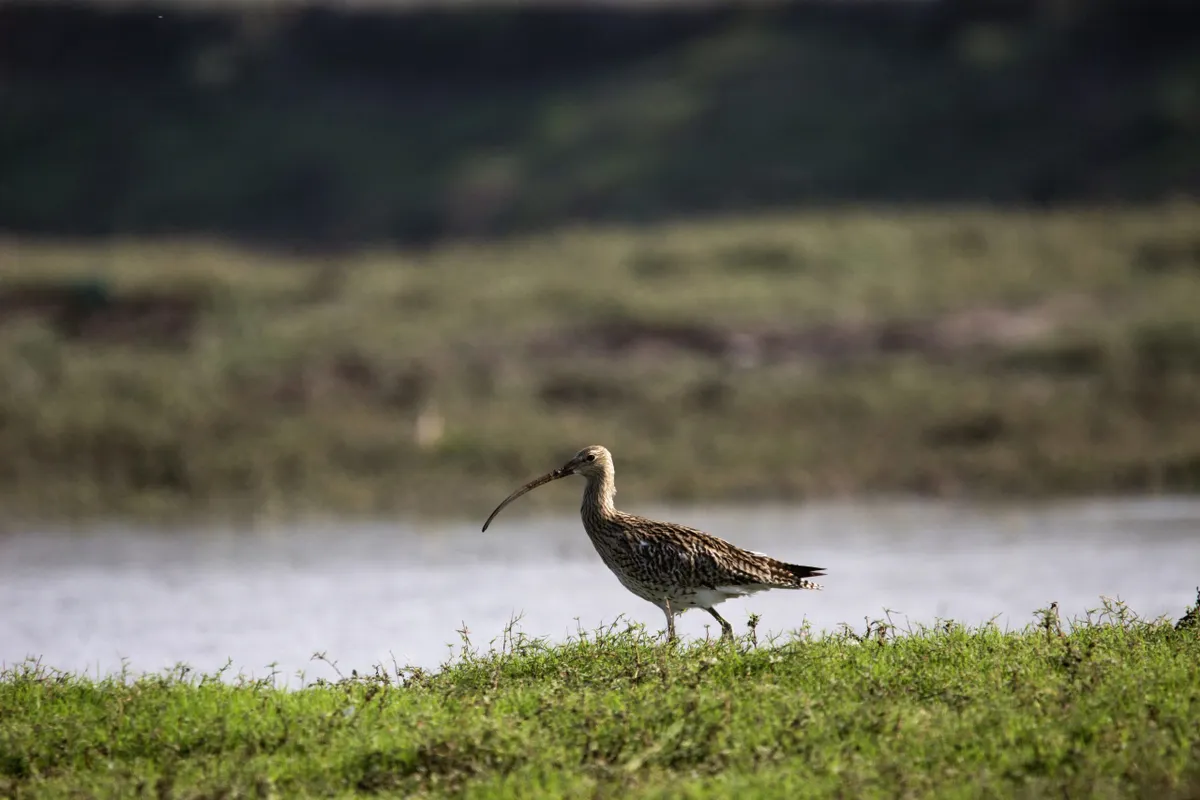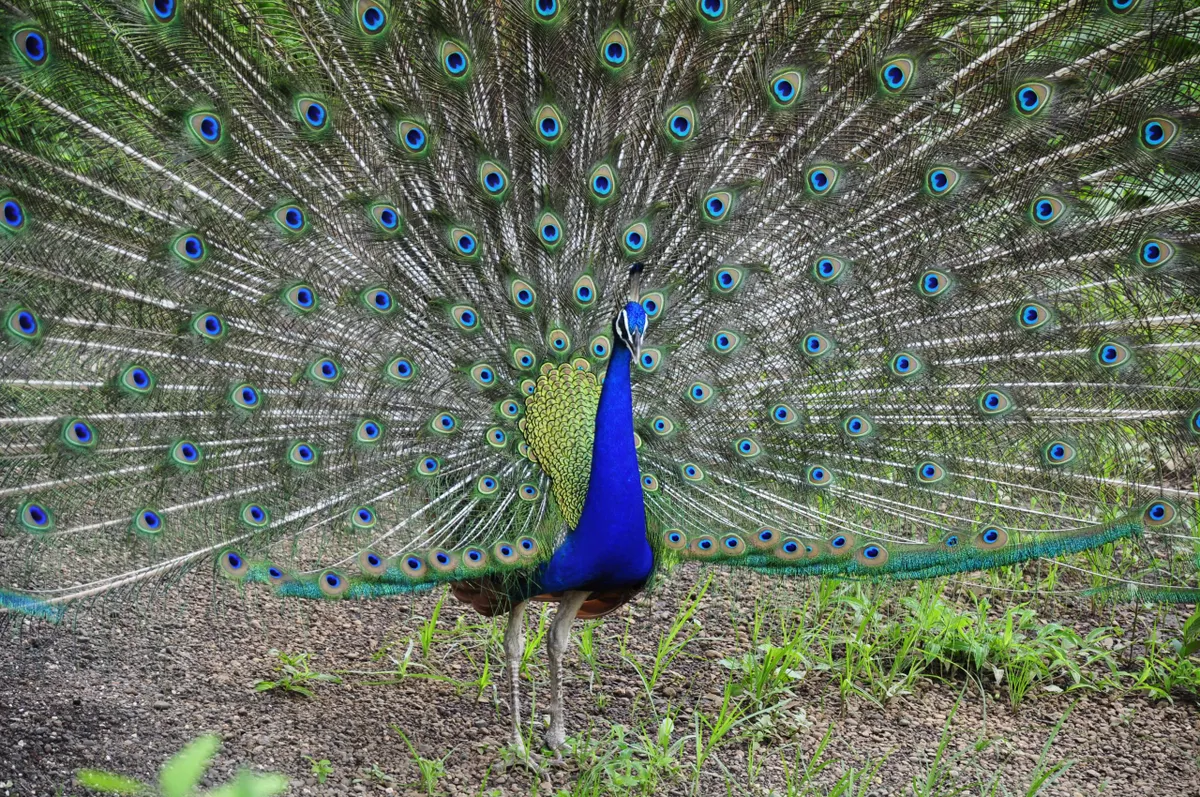The State of India's Birds 2020 report used the observations of more than 15,000 birdwatchers to identify how 867 Indian species are faring.
More than half of India’s bird species were found to have decreased in the last 25 years, with the white-rumped vulture, Richard's pipit, Indian vulture, large-billed leaf warbler, Pacific golden glover and curlew sandpiper populations declining most significantly.
Birds of prey and shorebird populations fell by 79% in the last five years, with vulture and sandpiper species showing the greatest decline.

Overall, 101 Indian species were classified as high conservation concern, with habitat loss and hunting cited as two key reasons for the decline.
Forest species declined the most, followed by grassland/scrubland species, and then wetland species.
Long-term raptors numbers also declined, with a strong fall seen in scavengers and open country species. Generalist species, which occupy a range of habitats, including human habitats, and woodland species appear to have suffered the least declines in the long term.
However, all woodland species, and white-eyed buzzard and common kestrel among generalists, continue to decline.
Species that have suffered the highest declines in the past 25 years:
- White-rumped vulture
- Richard's pipit
- Indian vulture
- Large-billed leaf warbler
- Pacific golden plover
- Curlew sandpiper
Species that have increased the most in the past 25 years:
- Rosy starling
- Feral pigeon
- Glossy ibis
- Plain prinia
- Ashy prinia
- Indian peafowl
Waterbirds, such as migratory shorebirds and gulls and terns appear to have declined the most, although waterfowl, and other resident waterbirds also show clear decline.
Chris Bowden, the programme manager for SAVE Vultures, says: “This is important proof that the citizen science approach is consistent with other techniques, so trends for other species obtained by this method should also be taken seriously.”
However, the population of peafowl, India’s national bird, was found to have increased significantly, while house sparrow numbers remain stable despite population decline in major cities.

Assessing the decline over the last five and 25 years, this is the first comprehensive report into India’s birdlife. Findings from the report will be used to steer priorities for policy and actions.
“The report highlights common species that are declining sharply; these need conservation attention before their numbers reduce further,” says researcher Dr R Jayapal (SACON).
Main image: Egyptian vulture, Taal Chappar Wildlife Santuary, Rajasthan, India. © Getty